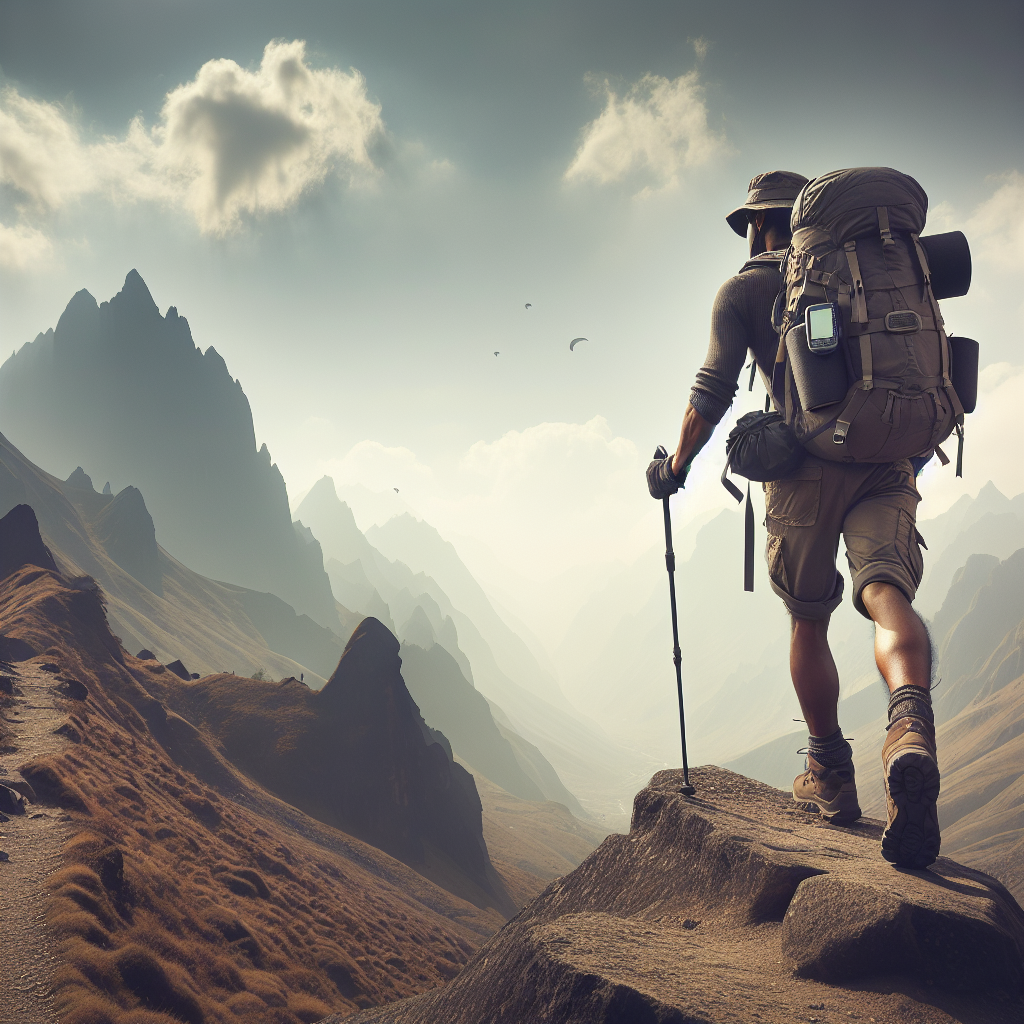Embarking on a solo hiking adventure can be a rewarding and transformative experience. However, venturing into the wilderness alone also presents unique challenges and risks. This guide is designed to arm you with the essential safety strategies you need to explore beyond the boundaries with confidence and peace of mind.
Table of Contents
Preparation: Setting the Stage for Safety
Planning is the cornerstone of a successful solo hike. Before you even step foot on the trail, a strategic approach to preparation can significantly reduce your risk. Here’s how to set the stage for a secure solo adventure:
Research the Trail
Familiarize yourself with the trail’s length, difficulty level, landmarks, and surrounding area. Websites like AllTrails provide valuable insights from other hikers, which can be instrumental for your planning.
Inform Someone About Your Plans
Always leave a detailed itinerary with a family member or friend, including your expected return time. In case of an emergency, this information will be vital.
Essential Gear for Solo Hikers
Equipping yourself with the right gear is crucial for safety on the trail. Here’s a checklist of essentials:
-
- Navigation Tools: A map, compass, or GPS device
-
- First-Aid Kit: Customized for personal health needs
-
- Multi-tool: For various trail-side tasks
-
- Whistle and Mirror: For signaling in emergencies
Packing Smart
Opt for lightweight, high-utility gear to keep your pack manageable while ensuring you’re prepared for any situation. Here’s a guide to choosing the best hiking gear.
Understanding Weather and Terrain
Tuning into weather forecasts is vital to plan effectively and stay safe. The following strategies will help you tactically approach both the weather and the terrain:
Check Weather Reports
Pay close attention to the weather forecasts for both your starting point and destination. Websites like Weather.com offer detailed reports and alerts for hikers.
Adapt to Terrain Changes
Trail surfaces can vary immensely. Assess terrain types from reviews or maps, and prepare for encounters with rocky paths, water crossings, or loose sand.
Emergency Protocols and Navigation
Understanding emergency procedures and navigation techniques can protect you if things don’t go as planned. Here are key points to consider:
Emergency Response Plan
Knowing basic first aid and carrying an emergency response plan can make a critical difference. Check out our guide to assembling a robust emergency kit.
Effective Navigation
Practice using your navigation tools in familiar settings. Apps like Gaia GPS can aid in this learning process, helping you maintain the right path during your hike.
Managing Health and Well-being
Your health and well-being are priorities during any solo hike. Employ these strategies to ensure physical and mental preparedness:
Stay Hydrated and Nourished
Carry an adequate supply of water and nutritious snacks. Consider water purification options like Lifestraw or filtration tablets for longer hikes.
Mental Preparedness
Solo hiking can be mentally challenging. Regularly practicing mindfulness and having entertainment like podcasts or music can keep your spirits high.
Staying Connected With a Community
Even when hiking alone, being part of a hiking community can increase your safety and enjoyment. Here’s how:
Join Hiking Forums and Groups
Engage with fellow hikers through online forums or social media groups. Sites like Reddit’s r/hiking offer advice and support.
Participate in Solo Hiking Workshops
Take part in workshops or courses that focus on solo hiking techniques and safety. These can enhance your skills and network.
Conclusion: Embrace the Journey
With the right preparation and awareness, solo hiking can be an immensely fulfilling experience. Implement these safety strategies to confidently embrace the freedom and serenity that comes with hiking beyond boundaries. Start planning your adventure today!
FAQ: Your Most Common Questions Answered
What should I do if I encounter wildlife?
Maintain a safe distance and avoid startling the animal. If needed, slowly back away while facing the creature and follow recommended wildlife protocols.
Is it safe to hike solo as a beginner?
Beginners should start with easier trails and gradually work up to more challenging solo hikes. Ensure you’re confident in using navigation tools and basic first-aid techniques.
How can I stay motivated on long hikes?
Set small milestones, enjoy the surroundings, and use audio books or music. Planning regular breaks can also help maintain energy and motivation.
If you found this guide helpful, stay tuned for more expert hiking tips and outdoor adventure insights by subscribing to our newsletter.
[ad_2]



